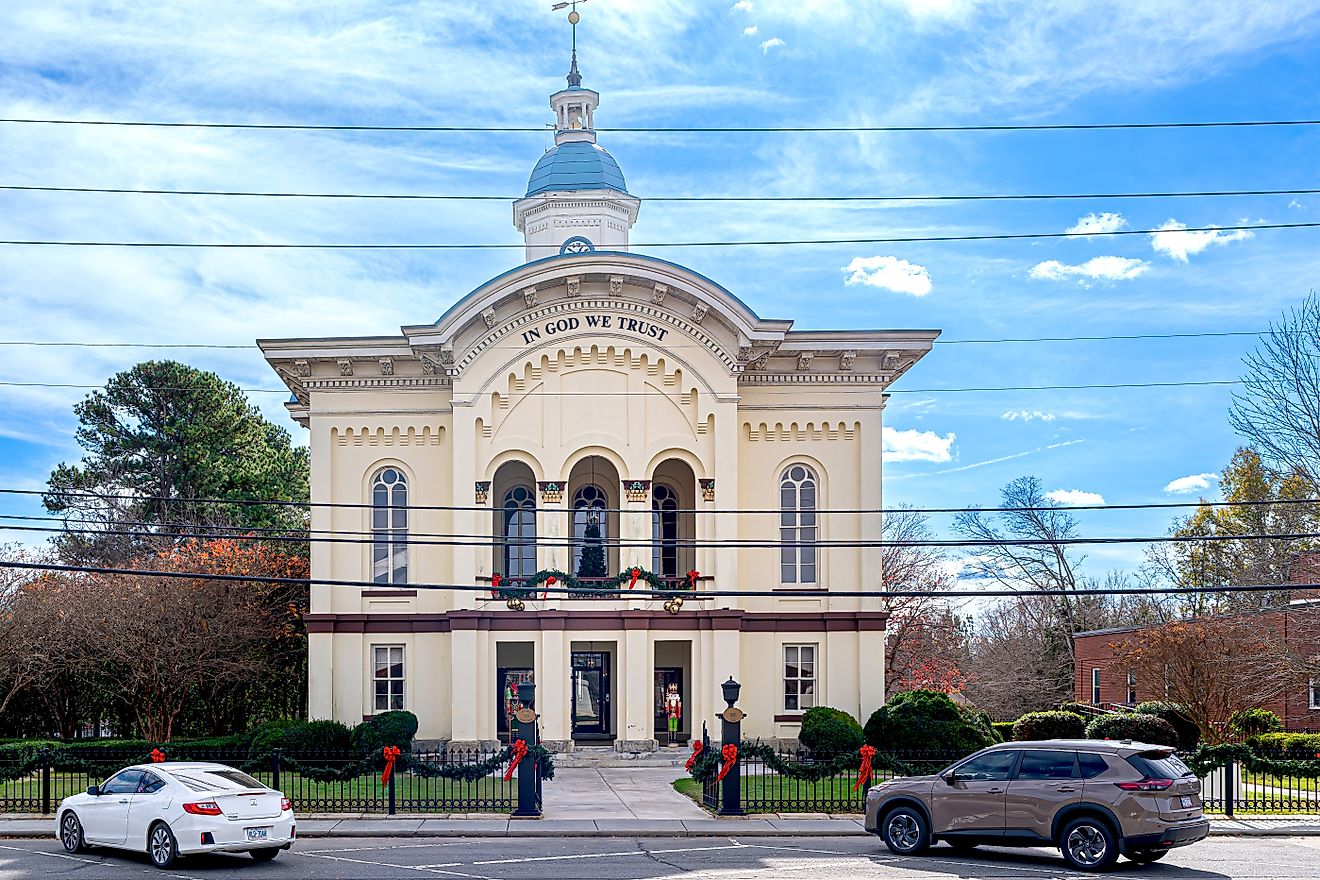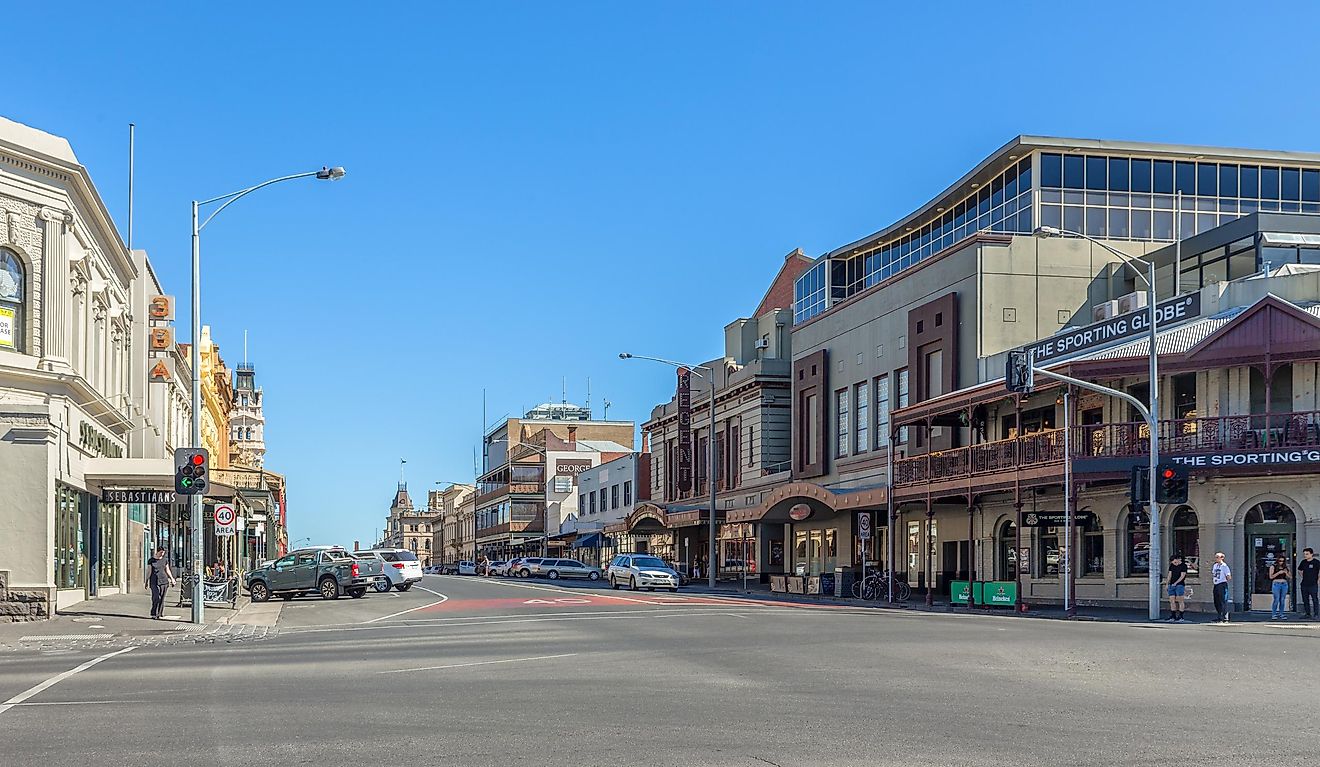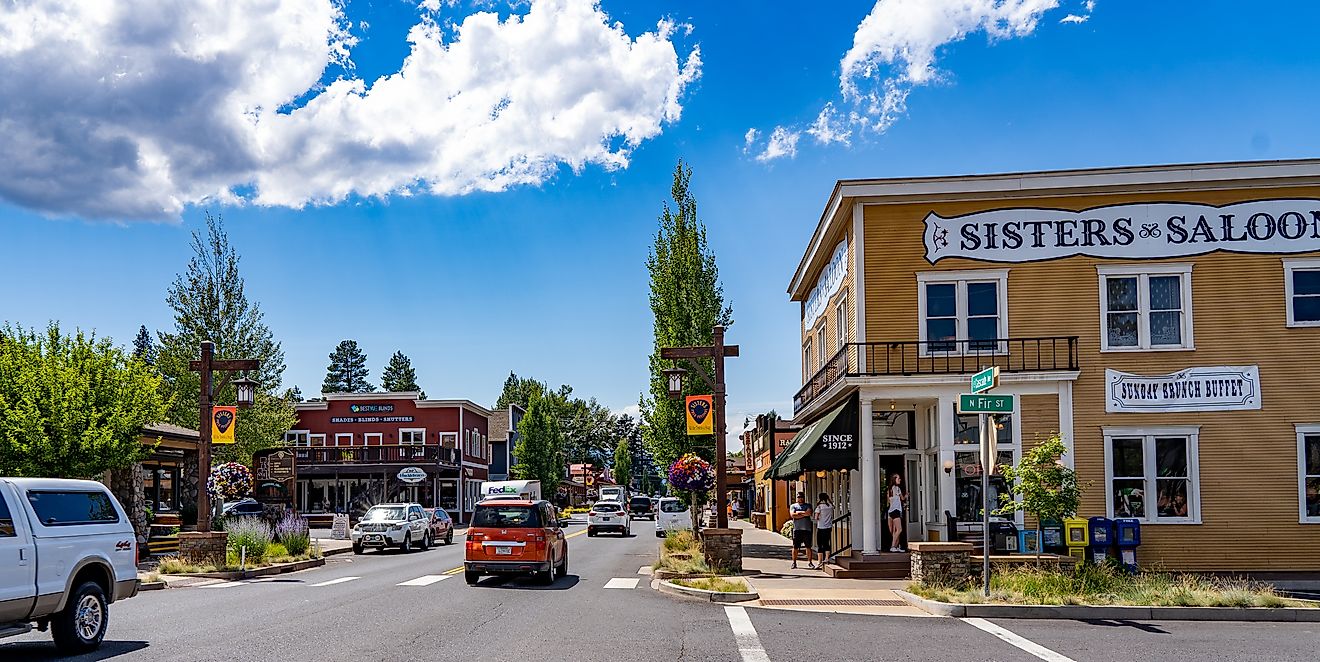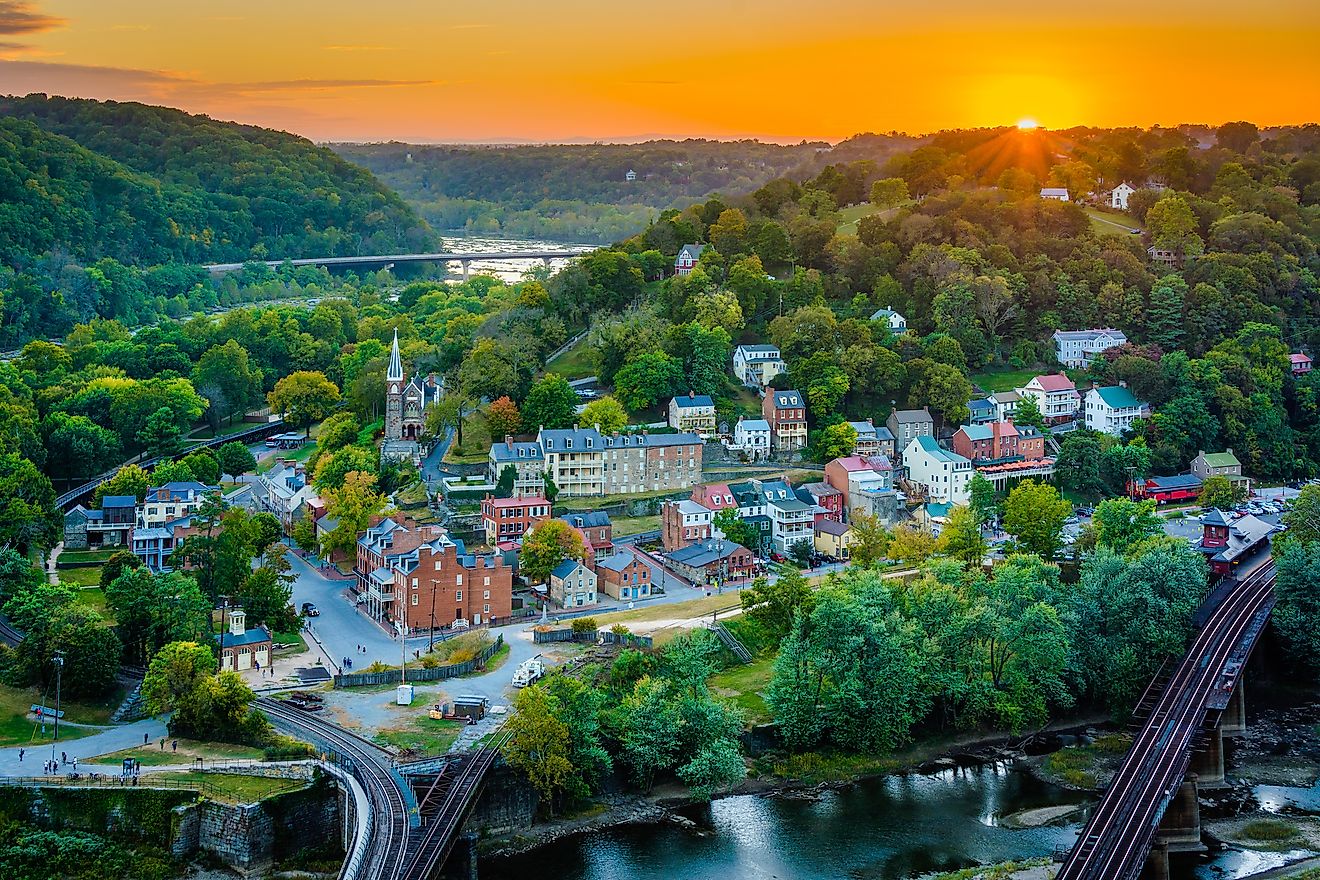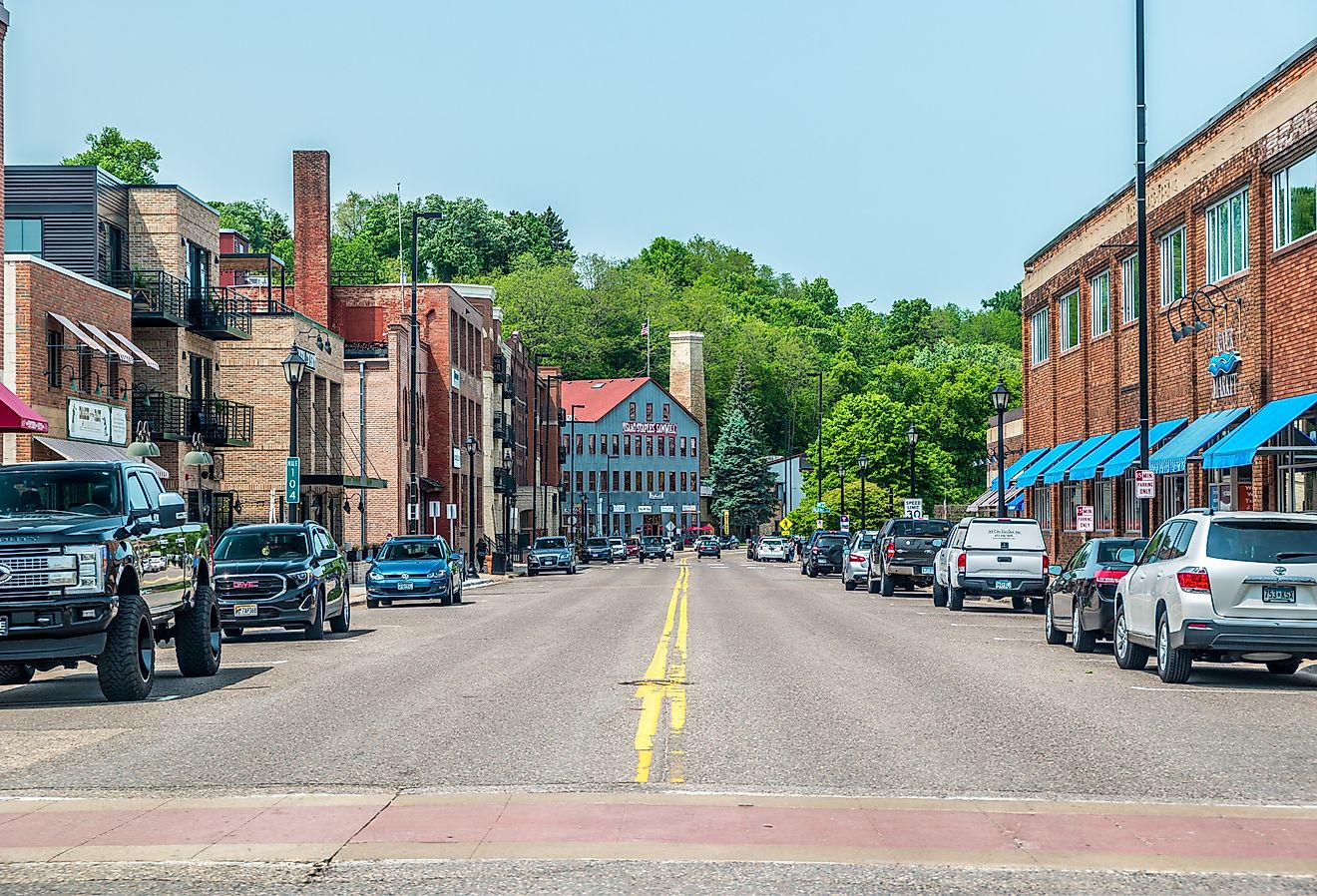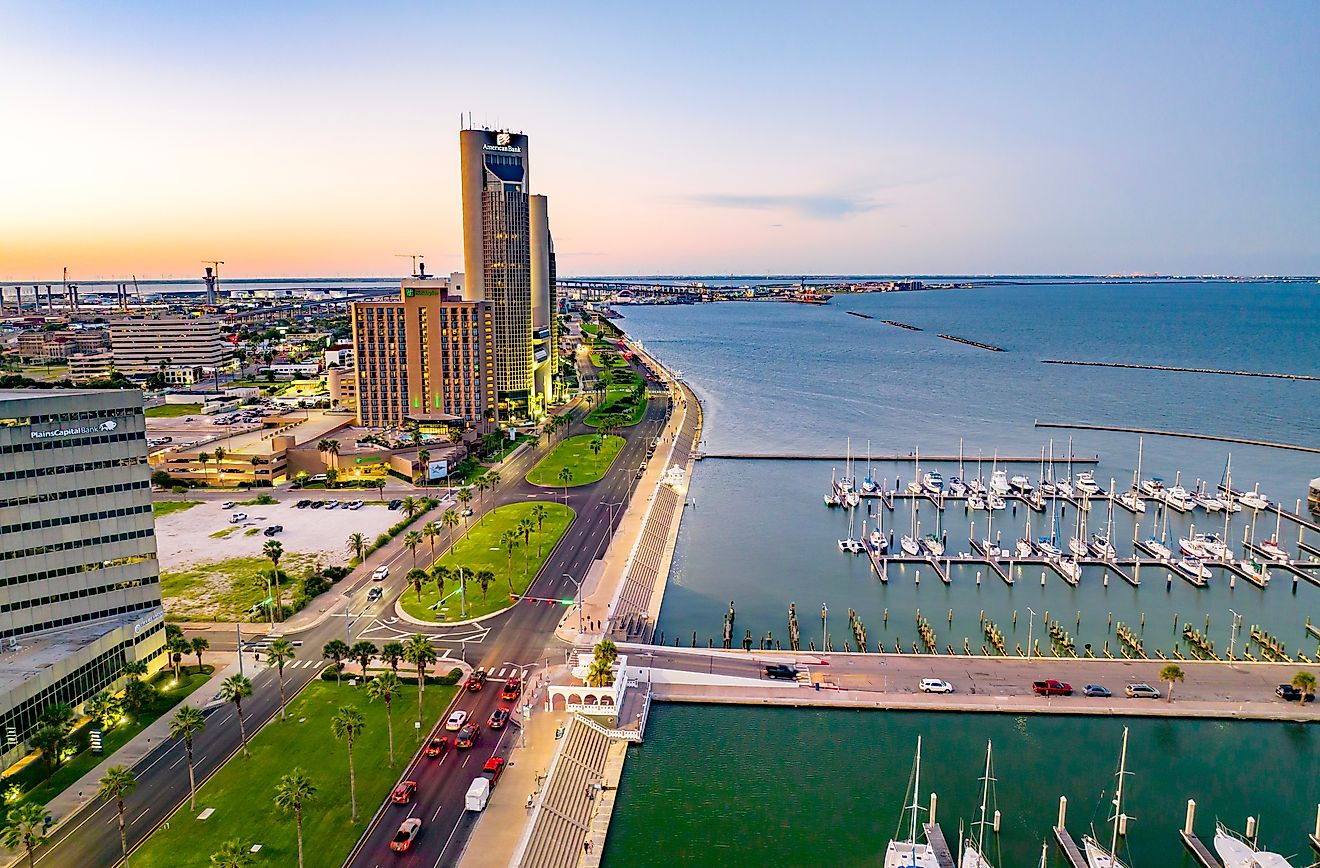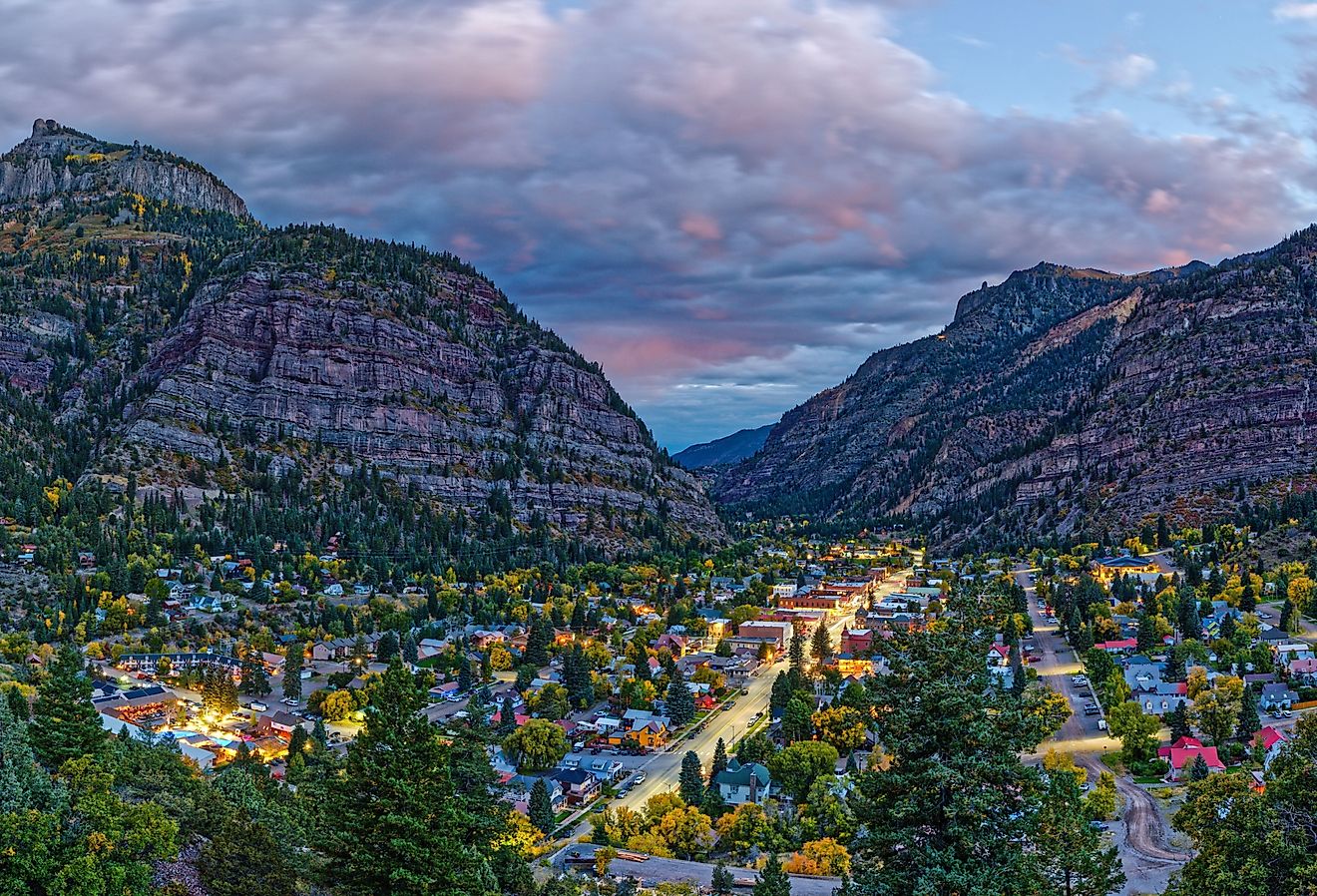What Is An Exclave?

- An exclave is a part of a country that is separated from the main portion of that country by the territory of one or more other countries.
- There are exclaves in every part of the world.
- There are different types of exclaves, including those that no longer exist, and those that could exist in the future.
An exclave is a part of a country that is separated from the main part of that country by the territory of one or more other countries, as opposed to an enclave, which is a country that is completely surrounded by the territory of another country. There are exclaves in every part of the world. There are also different types of exclaves. There are exclaves that are also enclaves, exclaves that are not enclaves, semi-exclaves, pene-exclaves, historic exclaves, and potential exclaves.
Types of Exclaves
Exclaves That Are Also Enclaves
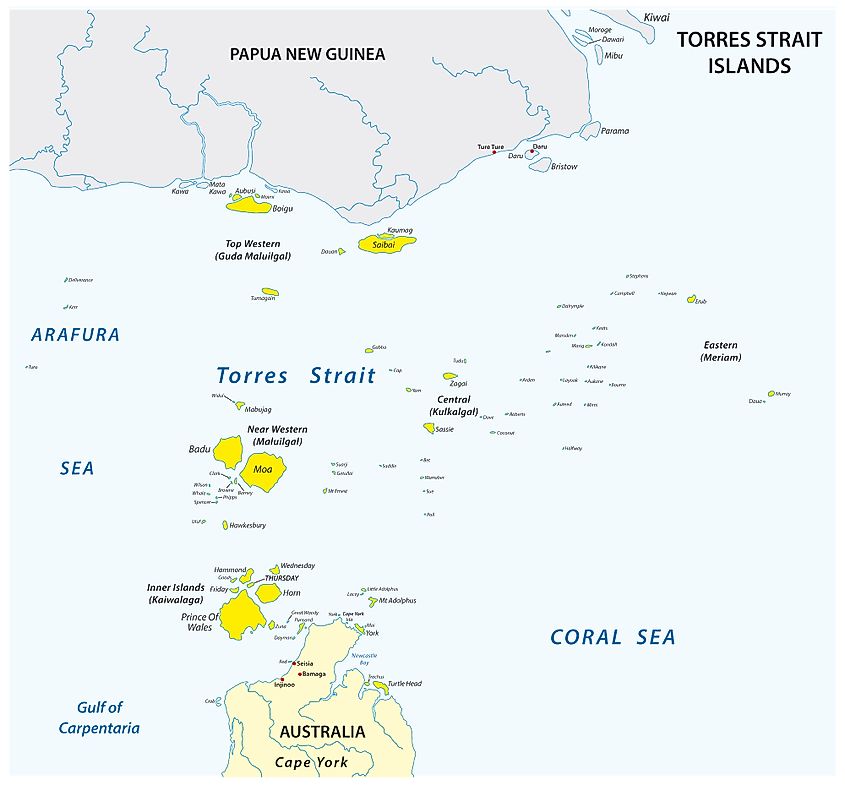
An exclave that is also an enclave is a part of a country that is separated from the main territory of that country by the territory of another country, which completely surrounds it. One example of a national exclave that is also an enclave is Australia’s Torres Strait Islands, which are several islands that are situated between the northern coast of Australia and the southern coast of Papua New Guinea. The islands in the Torres Strait that are under Australian sovereignty form seven enclaves that are surrounded by the territorial waters of Papua New Guinea. This arrangement is in accordance with a treaty signed between Australia and Papua New Guinea that went into effect in 1985.
Ten years prior, Papua New Guinea gained independence. It was formerly governed by Australia. Because the Torres Strait Islands were so close to the New Guinea mainland, the original border between Australia and Papua New Guinea was also very close to the New Guinea mainland, which was an arrangement that did not please the government of Papua New Guinea. The Papua New Guinea government also objected to the complete Australian control of the waters that surrounded the Torres Strait Islands. Thus, Papua New Guinea wanted a new border arrangement in this area. But the Australians living on the Torres Strait Islands objected to any border modifications that would separate them from mainland Australia.
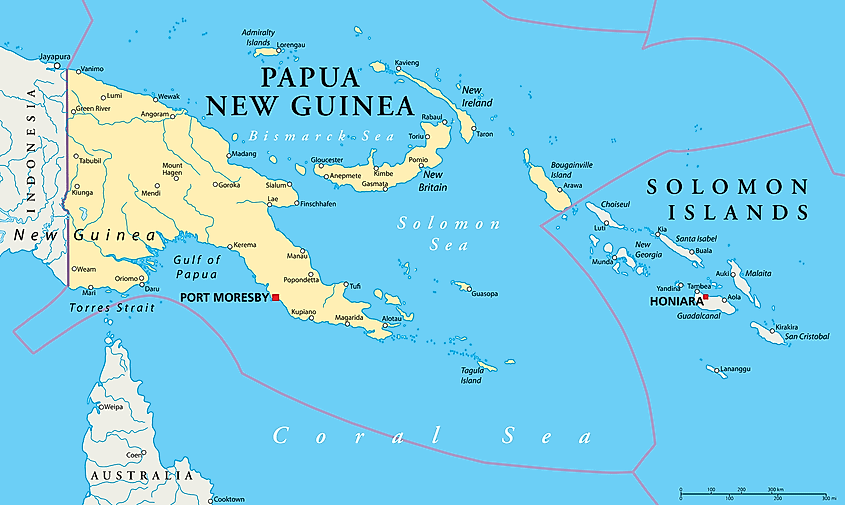
In 1982, Australia and Papua New Guinea reached an agreement whereby the international border between the two countries would be situated in the middle of the Torres Strait, but the Torres Strait Islands inhabited by Australians and in close proximity to mainland Papua New Guinea would remain under Australian sovereignty. The end result was that the Torres Strait Islands remained under Australian control, but became surrounded by the sovereign waters of Papua New Guinea.
Exclaves That Are Not Enclaves
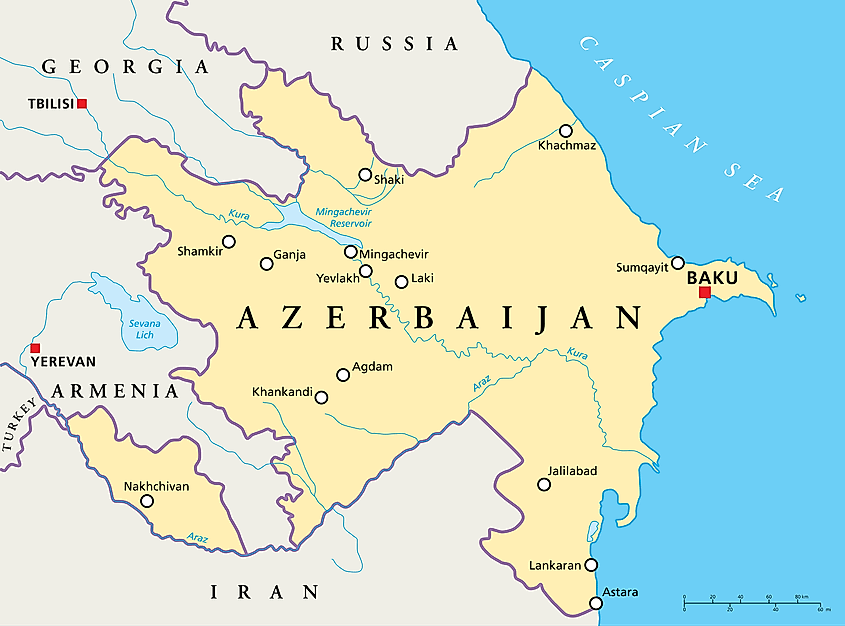
Exclaves that are not enclaves are exclaves that are surrounded by the territory of more than one country. One example of such an exclave is a part of Azerbaijan that is separated from the country’s main territory, known as the Nakhchivan Autonomous Republic. Nakhchivan is separated from the main part of Azerbaijan by territory belonging to Armenia, which is situated to its north and east. Nakhchivan is bordered to the south and west by Iran. A part of Turkey also borders Nakhchivan to the west. Nakhchivan has a population of approximately 500,000, most of whom are ethnic Azeris.
In the early 20th century, Nakhichivan was part of the Russian Empire. When the empire collapsed in the midst of the Russian Revolution and the civil war that followed, the territory was contested by the new states of Armenia and Azerbaijan. In 1920, the Bolsheviks proclaimed the establishment of the Nakhchivan Autonomous Soviet Socialist Republic. To placate the Armenians, whose territory the Bolsheviks were on the verge of conquering, the Bolsheviks promised to cede Nakhchivan to Armenia. But Bolshevik leader, Vladimir Lenin, rejected this, and insisted that a referendum be held to decide the territory’s future. This referendum, which was held in 1921, had 90% of Nakhchivan’s population vote in favor of joining Azerbaijan. Thus, Nakhchivan became an autonomous republic under the jurisdiction of the Azerbaijan Soviet Socialist Republic, one of the republics of the Soviet Union.
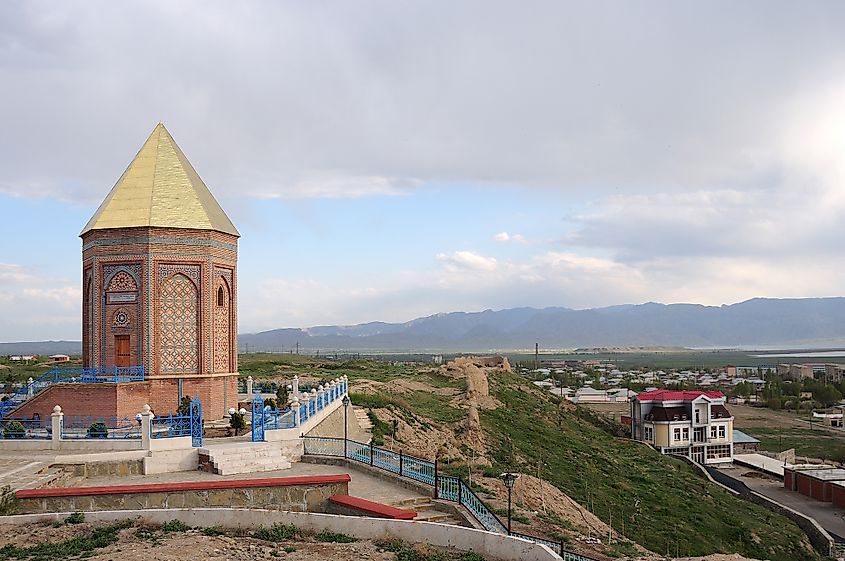
In 1990, Nakhchivan was the first territory to declare independence from the Soviet Union. Following the complete breakup of the USSR, Nakhchivan became an autonomous republic within the newly-independent state of Azerbaijan. Since then, the exclave has suffered severe economic hardship, owing to its isolation from the rest of Azerbaijan. In fact, Nakhchivan arguably maintains closer economic relations with neighboring Turkey than with the rest of Azerbaijan. Making Nakhchivan’s isolation worse is the often tense relationship between Armenia and Azerbaijan. Since Armenian territory separates Nakhchivan from the rest of Azerbaijan, the Armenians can control and impede movement between the two. In 2020, however, as part of a ceasefire agreement between Armenia and Azerbaijan, which ended a brief armed conflict between the two countries over the disputed territory of Nagorno-Karabakh, Armenia agreed to guarantee security for transport connections between the main Azerbaijani territory and Nakhchivan.
Semi-exclaves
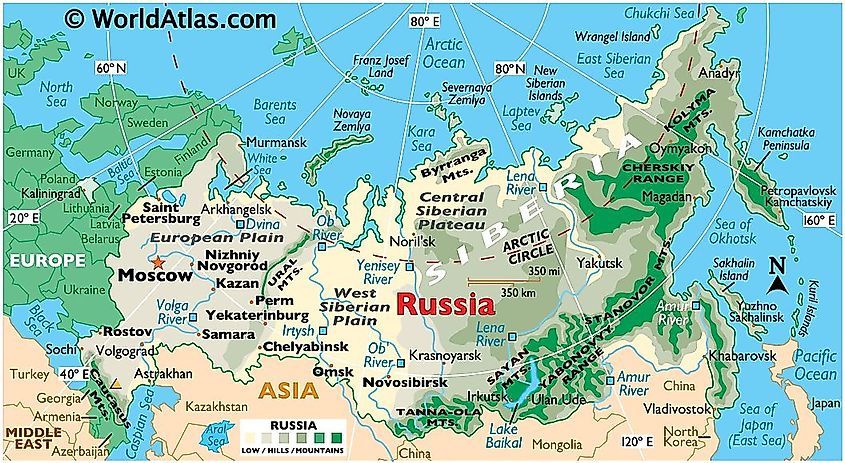
A semi-exclave is a part of a country that is separated from the main part of that country, but is not completely surrounded by the territory of other countries. On an international level, a semi-exclave could be a part of a country separated from that country’s main territory, but flanked on one or more sides by international waters rather than the territory of other countries. One example of a semi-exclave is the Russian oblast (province) of Kaliningrad. Kaliningrad is part of the Russian Federation, but is separated from the main territory of Russia. It is bordered to the northeast and east by Lithuania, and to the south by Poland. The reason it is not a full-fledged exclave, however, is because it is bordered to the north and west by the waters of the Baltic Sea.

Prior to becoming part of Russia, Kaliningrad was part of the German region of East Prussia. Following World War II, however, the Soviet Union annexed the territory and made it part of the Russian Soviet Federative Socialist Republic. Up until the USSR collapsed in 1991, Kaliningrad was one of the most militarized and closed parts of the Soviet empire. After the USSR collapsed, Kaliningrad remained part of what became the independent Russian Federation, but it was cut off from the rest of Russia by other newly-independent, ex-Soviet states, thereby making it a semi-exclave. Today, Kaliningrad is still a highly strategic territory for Russia, as the base of its Baltic Sea fleet, and the only ice-free port that the country has in Europe.
Pene-Exclaves
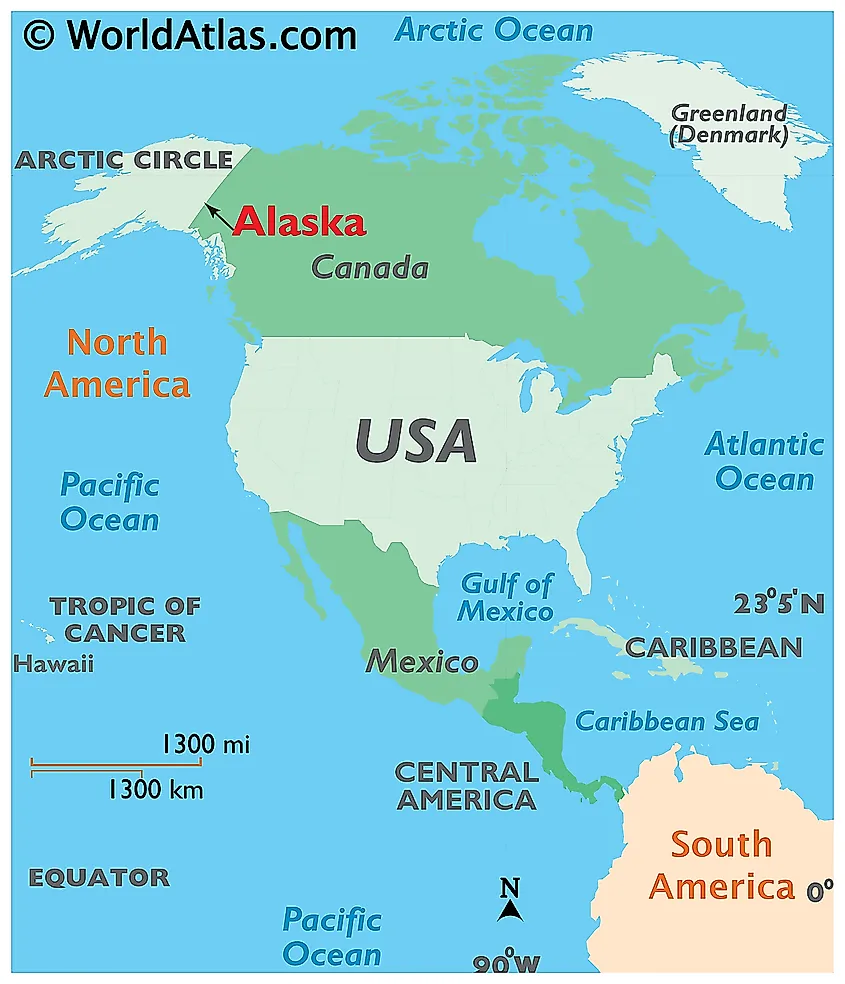
A pene-exclave is a part of the territory of one country that can only be conveniently accessed by traversing the territory of one other country. These are territories that may actually have a border with their parent countries, but for reasons normally related to geographical features, they are most conveniently accessed through the territory of another country. These types of exclaves can also be called functional or practical exclaves, because it is more practical to access them through the territory of another country than accessing them through the country that it is actually part of.
One example of a pene-enclave is the US state of Alaska. The Russians were the first Europeans to control the territory of what is now Alaska. Colonial possessions of the British bordered Alaska to the east. To demarcate each other’s territory, Russia and Britain signed the Anglo-Russian Convention of 1825, which placed Alaska’s eastern and southern borders well north of the 49th parallel that was established as the border between US and British territory in 1818. Thus, when the United States purchased Alaska from Russia in 1867, the land masses of Alaska and the Continental United States were already separated by British territory that would eventually become part of Canada.
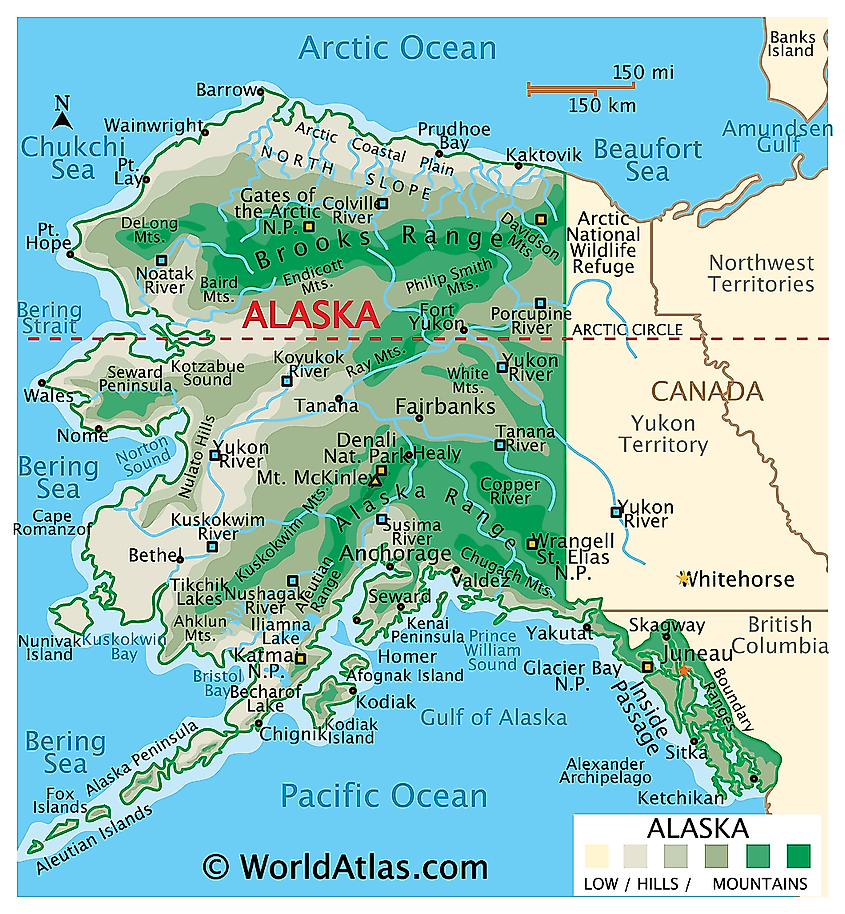
Today, Alaska can be accessed by boat or plane from the Continental United States, but not by road. Taking a road trip from the Continental United States to Alaska inevitably means crossing the US-Canada border, as a large part of Western Canada separates Alaska from the rest of the United States. In fact, in some cases, it makes more sense for people in certain parts of Alaska wanting to travel to other parts of the state to travel through Canada. This is particularly true of those who live in the Alaska Panhandle. Because the Alaska Panhandle is so mountainous, road networks connecting it to the rest of the state do not exist. Thus, people in some communities in the Alaska Panhandle traverse Canadian roadways to access the rest of the state.
Historic Exclaves
Historic exclaves are exclaves that no longer exist. One example of this is the exclaves of India and Bangladesh, which existed prior to the 2015 Land Boundary Agreement between the two countries. Before this agreement, there were Bangladeshi enclaves in Indian territory and Indian enclaves in Bangladeshi territory. Another example is that of West Berlin between the end of World War II and the fall of the Iron Curtain in 1989. West Berlin was part of West Germany, but was surrounded by territory belonging to East Germany.
Potential Exclaves
Potential exclaves are exclaves that could be created pending the resolution of certain international disputes. For example, it is conceivable that Hans Island, an island in the Arctic disputed by Denmark and Canada, could become two pene-exclaves if the island is divided. There are also Serbian enclaves in Kosovo. A future peace agreement between Serbia and Kosovo could conceivably result in Serbia maintaining exclaves in Kosovo in the form of the current Serbian enclaves therein.
